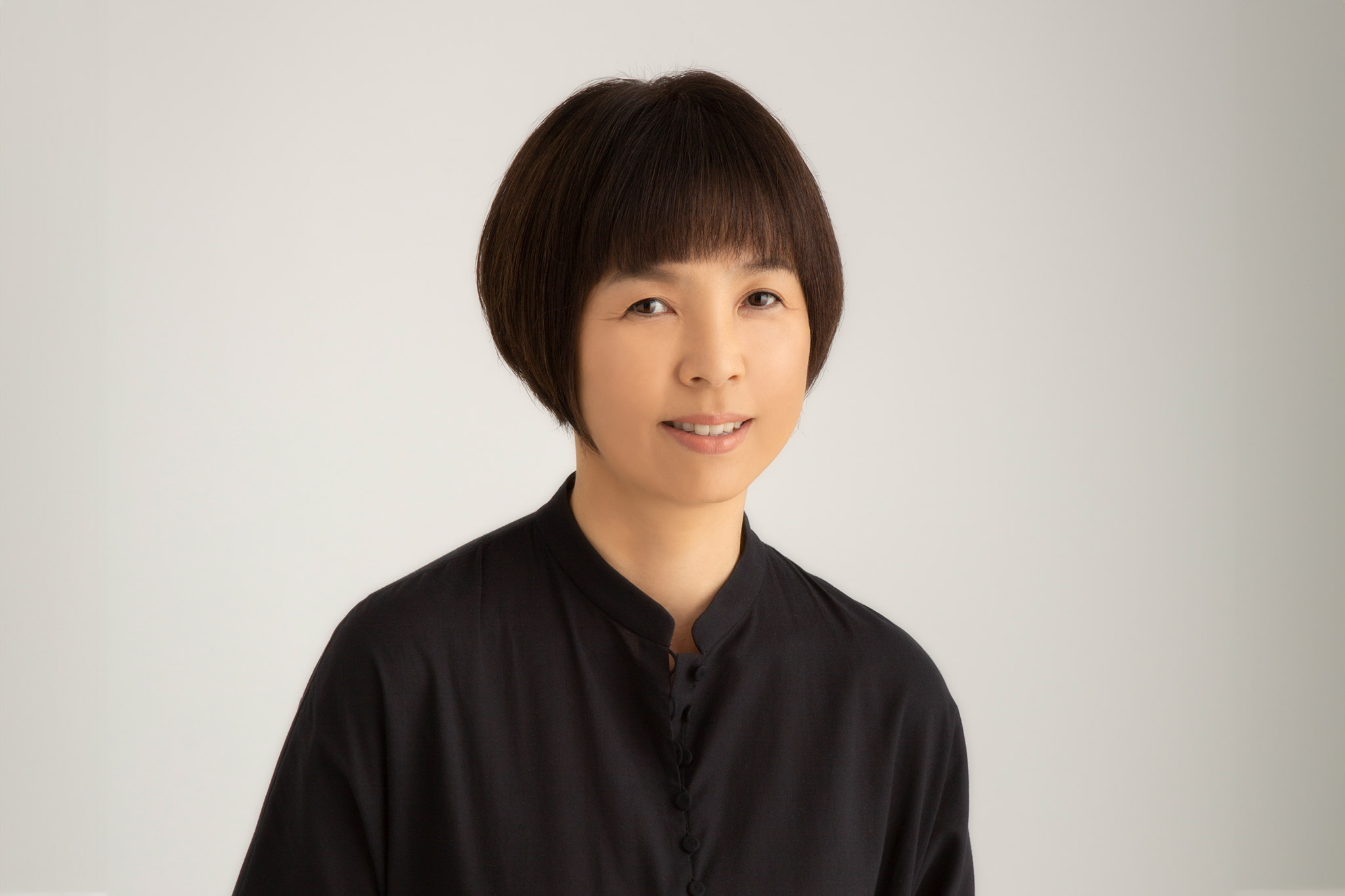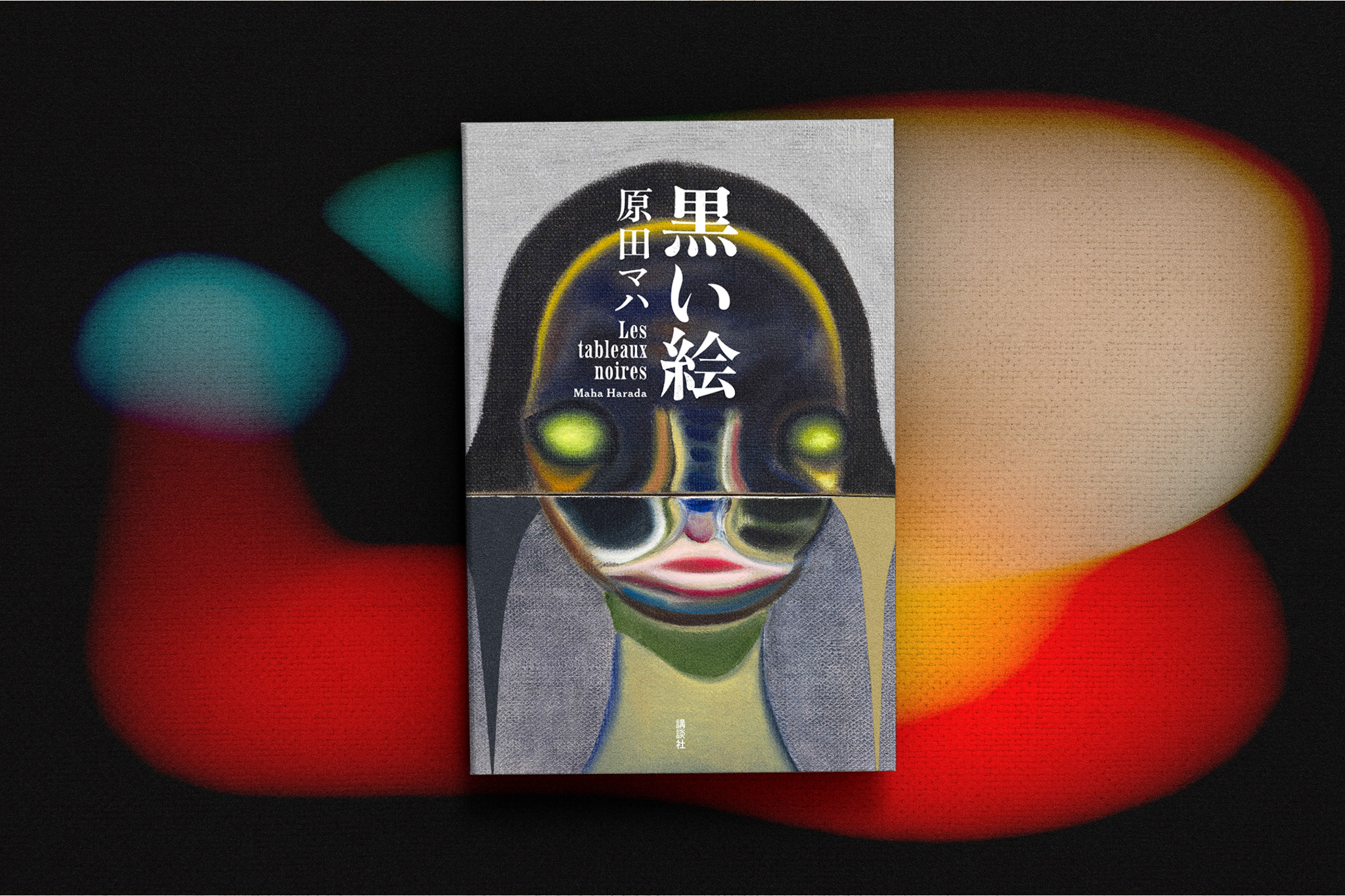A prolific and hugely respected novelist who publishes several books annually, Maha Harada needs a moment to think when I ask her exactly how many she’s written. “It’s definitely over 60,” she says. “I think it’s either 65 or 66.” Whatever the exact amount, it’s an impressive number, especially for an author who debuted less than two decades ago, aged 44.
The multiple award-winning writer has since gone on to become one of Japan’s most talked-about storytellers, with several of her novels being adapted for film and television. One of the founding curators of the Mori Art Museum in Roppongi, she writes novels that often mix fiction and historical fact, with a focus on what she describes as the “sunny side of the art world.” Her latest book, however, is different.

Maha Harada’s Sensational Fiction
“It’s titled Les Tableaux Noires and is darker than what I usually write,” Harada tells TW. “It’s a collection of six stories, two of which are new with four written 10 years ago. It’s sensational fiction featuring sex, violence and horror. The kind of things people hide in their lives. I’ve been interested in releasing these darker tales for a while but decided to keep them in a box that I’m now ready to open.”
Harada’s interest in these kinds of stories should come as no surprise, as she was exposed to what she calls “adult literature” from a young age. Her father gave her and her brother a wide range of novels, even if they included violent or erotic content. While at elementary school, the pair read books by the likes of Yasunari Kawabata, Kenzaburo Oe, Kobo Abe and Yukio Mishima. Not exactly light reading for children.
It was her brother, Munenori Harada, though, who first became an author in the mid-1980s. His proud younger sister would eventually follow in his footsteps. At that point, however, her main interest was art. She worked at a museum, an art business school and as an art consultant for Itochu Corporation before being headhunted by billionaire Minoru Mori.
A qualified curator, Harada accompanied the business tycoon and his wife, Yoshiko, on trips abroad to inspect museums in preparation for the 2003 opening of the Mori Art Museum. She was also dispatched to do research at the world-famous Museum of Modern Art (MoMA) in New York for six months in 2000. She began working on her first novel five years later.
“People often say 44 was late to start a new career, but I believe it gave me an advantage,” opines Harada. “I’d visited so many countries and had all these life experiences. Having spent so much time surrounded by artwork by the likes of Van Gogh and Monet, my imagination was constantly running wild.”
A Soaring Start
Harada was still only halfway through her debut work of fiction — titled Waiting for Good News — when she came across an advertisement for publishing company Takarajimasha’s Japan Love Story Award in The Nikkei, with the winning entry set to be adapted for the screen. She completed the romantic tale two days before the competition deadline.
It’s sensational fiction featuring sex, violence and horror. The kind of things people hide in their lives.
“I’ll never forget the day I received the news that I’d won,” recalls Harada. “It’d been a difficult month with my dog dying. There was also a stalker from the museum who was constantly ringing my phone. I was annoyed, assuming it was him again, so I asked my husband to take it. It turned out to be the best phone call of my life.”
Waiting for Good News went on to sell more than 472,000 copies, and the subsequent movie, starring Tetsuji Tamayama, also did well. There have been several other Harada novels adapted for film and television since, including stories with themes of women’s empowerment, such as Today is a Good Day, which formed the basis for the Wowow drama A Speechwriter, and First Gentleman, featuring Japan’s first female prime minister, who was played by Miki Nakatani.
Mystery Years in the Making
The novel that elevated Harada’s fame to another level, though, was Canvas of Paradise, released in 2012. It’s an art mystery novel that explores the true value of a painting while also delving into the life and works of Pablo Picasso and Henri Rousseau. While much of the story centers around MoMA, it begins at the Ohara Museum in Kurashiki, Okayama Prefecture.
“That’s where I first encountered Picasso, with his painting ‘The Bird Cage,’ when I was 10,” remembers Harada. “I thought it was so ugly and felt I could paint better. Weirdly, he became a kind of rival. Then, around 10 years later, I went to a Picasso retrospective in Kyoto, and it was the complete opposite. His paintings looked amazing, and he became my hero. I chased his work and read about his admiration for Rousseau. I then saw them as a pairing.”
Harada first had the idea for a novel featuring Picasso and Rousseau as a university student. A quarter of a century later, it came to fruition. While most publishing companies dismissed the idea, Shinchosha felt it had the potential to be a “blockbuster hit.” And so it proved, shifting more than 600,000 copies. It also won the prestigious Yamamoto Shugoro Prize and was nominated for the Naoki Prize. Harada has since garnered three more nominations for the latter and won the Nitta Jiro Literature Prize for her fictional story Master Leach, featuring British ceramic artist Bernard Leach.
Harada has already completed her next novel — about famous woodblock print-maker Shiko Munakata — which will be released next year. Moreover, 2024 will see the author publishing and promoting translated versions of her work while also writing a script for an animated film. It promises to be another busy 12 months. She wouldn’t have it any other way.
Discover more of Harada’s work online at mahaharada.com or via her Japanese site, haradamaha.com









